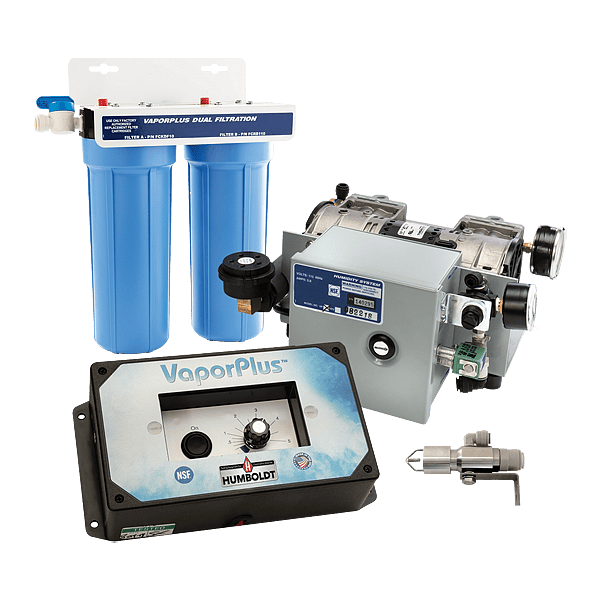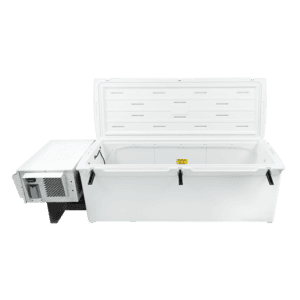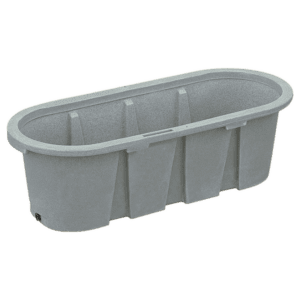Curing
Concrete cylinder curing is defined as the process of maintaining satisfactory temperature and moisture conditions in concrete long enough for hydration to develop desired concrete properties. Keeping the concrete moist during the process will ensure that optimal strength and durability are achieved.
The hydration and hardening that takes place during the first several days is extremely important. If the concrete is dried too rapidly from evaporation or shrinkage, the result could be insufficient strength and greater shrinkage cracking. Minimized cracking can be achieved by reducing stress prior to curing. Proper curing with the right equipment will result in increased strength and lower permeability, even if the surface dries prematurely.
Tight control over the temperature and humidity is critical during the curing period. Accelerated curing techniques are sometimes used for higher strength results, involving heating so that the hydration process occurs more quickly.



